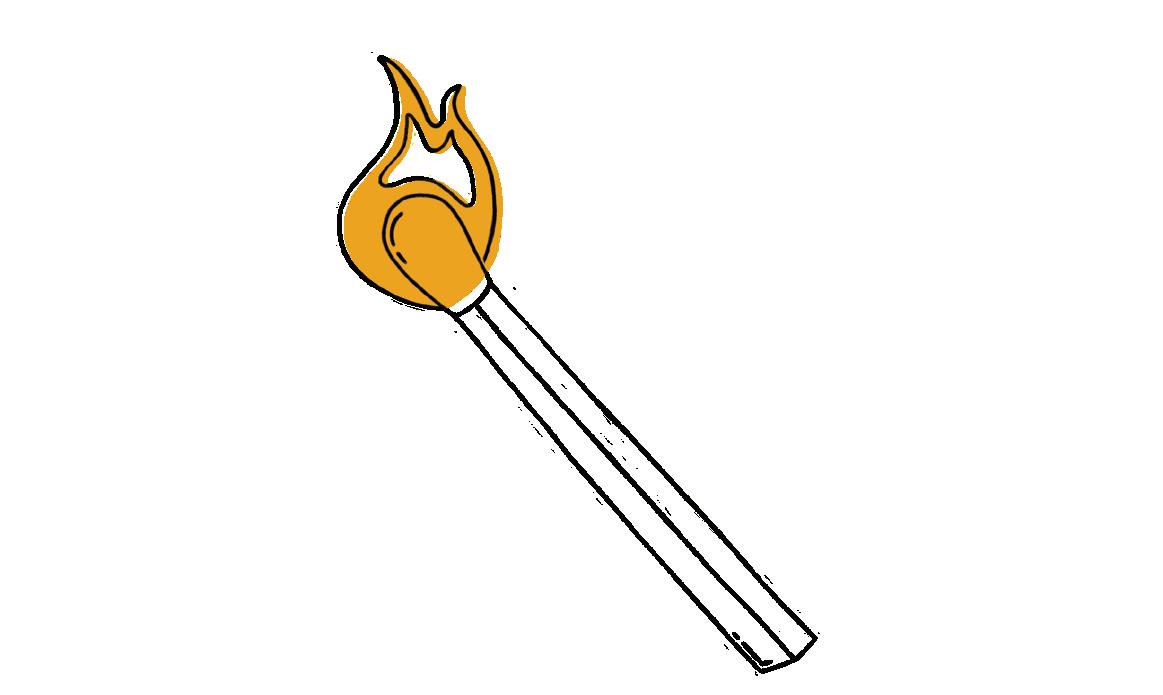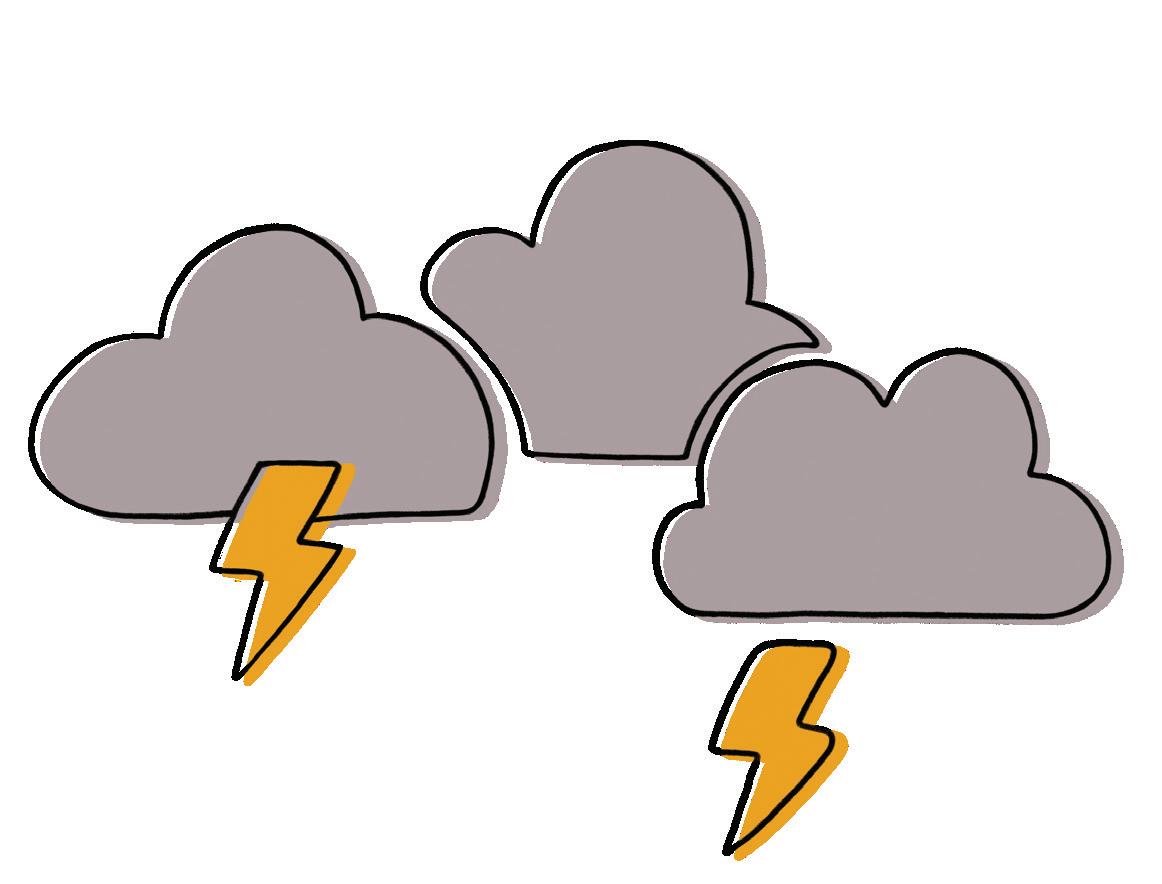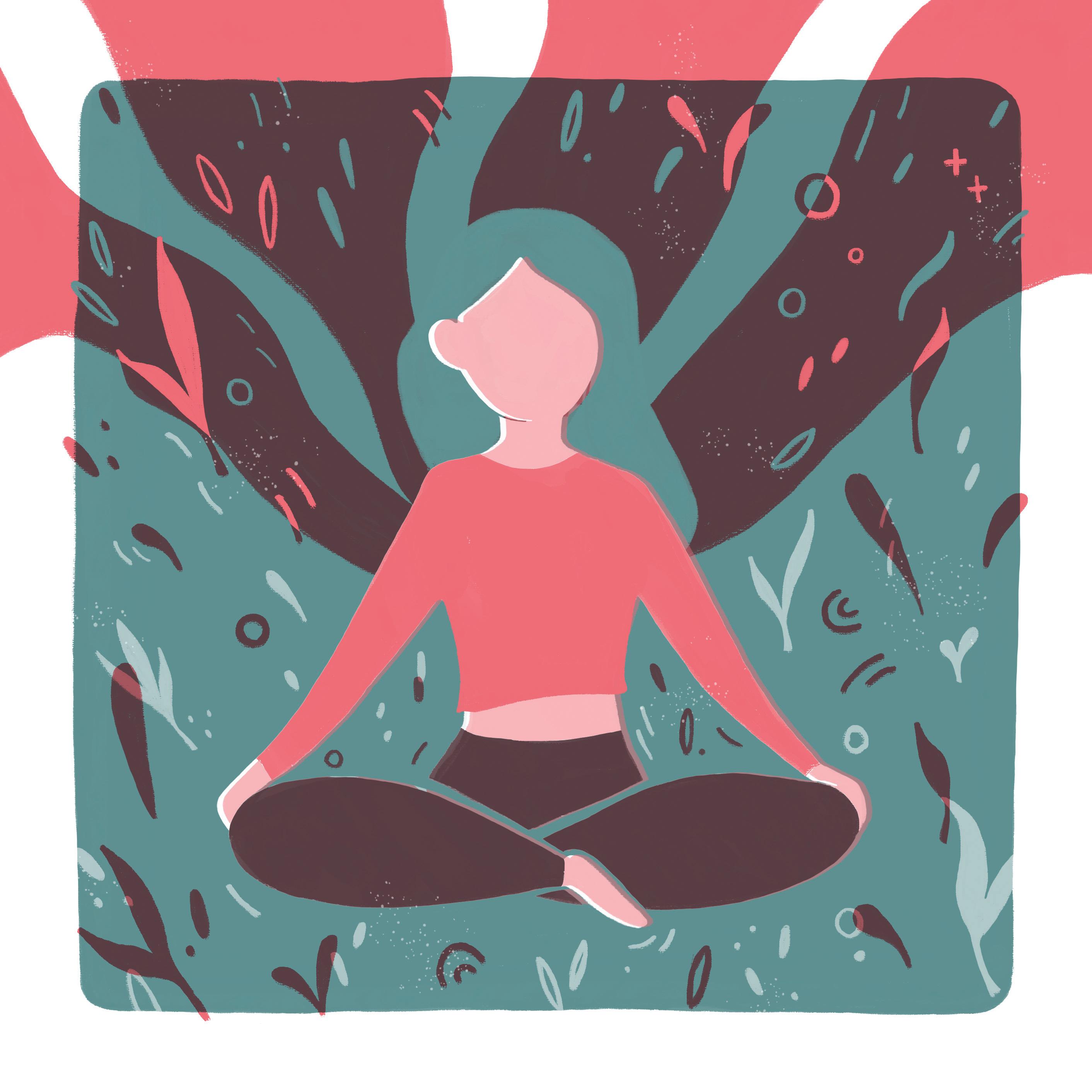
7 minute read
Break the Cycle
One of the most important steps you can take in your mental health journey is to start looking at your anxiety from a different point of view. A new mindset where you can accept your anxiety for what it is. It may seem like a huge step, but even just acknowledging your anxiety can help in this process. Without recognizing the problem, it will never be solved. Which can turn into an endless cycle of suffering. To break out of this loop you must take that dreaded first step into the unknown and look your anxiety in the eye.
In this chapter, We will focus on why you should accept your anxiety and how that is a key part of your mental health journey. We will also discuss one of the practices you can incorporate into your daily life to become more self-aware of your struggles. In turn, both of these mindsets will set you up to be ready to start deliberating the best treatment option for you.
Advertisement
Accepting Your Anxiety
Ah, the practice of accepting oneself. Seems easy right? The idea of self-love and acceptance is blasted on social media today, but the actual practice is not as simple as checking a box off your todo list. Especially, when it feels like pinning a scarlet letter to your chest. Accepting your anxiety is scary because that means it’s real. It isn’t a phase or something that will pass, it is chronically with you. I struggled with this concept for a long time and only came around to accepting my anxiety in the last couple of years. But, in this time, I have experienced immense inner growth and change.
In early high school, I began to notice my anxiety. It started off small, holding me back from going to a friend’s house or asking a teacher a question. I didn’t see it as a big deal and continued on with my life. Over time, I noticed dramatic changes in my anxiety. I found myself having unprovoked panic attacks and searching for any way possible to avoid unfamiliar social situations, yet oddly, I still didn’t accept it as a problem. I just turned it into a joke. I became known by my friends for suffering from anxiety but tried to make the situation less serious by making it funny. For some reason, in my mind, if it was a joke, then my struggle wasn’t real.
But, remember that whole chapter where I went over why we even experience anxiety in the first place? Anxiety is there to help us, not hurt us. When you start to look at your anxiety as your body trying to help you instead of hinder you, it makes it a lot easier to break out of it’s cycle of torment. (Foran 113-114). Yes, it can get out of control and yes it most definitely is still a little bastard. All I’m saying is, don’t be ashamed of your anxiety because it is an instinctual human response, and you are doing your best.
—Mary Tyler Moore
Self-Analyzation
Hopefully, some pieces of your own puzzle have started to fit together. If not, well, that is also okay. Understanding your anxiety is a journey, meaning it takes time and patience. You aren’t going to figure everything out on the first day. After leaving my first therapy appointment, I was disappointed that I didn’t have some major breakthrough, magically making the little bastard disappear. That’s the thing, there is no miracle cure that will take all your problems away (Foran 2-3). I hate to break the news, but your anxiety is always going to be part of you. It’s just about making that part smaller and more manageable. A doctor is not going to fix all your problems, it is up to you to do the research and discover what is causing your anxieties so you can better understand yourself.
One of the most nurturing things you can do when you have anxiety is to give it attention. That might sound backwards as most people think ignoring their anxiety is the way to go. But, here’s a secret, ignoring the problem doesn’t make it go away. I’m proposing that you investigate yourself. Really notice, learn, and examine what you are feeling when you experience anxiety. Practicing mindfulness, which I will discuss later in the book, will help you. Once you have a basic understanding of what anxiety is and the many ways it can manifest within you, it is much easier to control. No one knows you better than yourself, so there is only so much I can do to guide you. However, this simple task of studying yourself and your reactions can provide much more insight than I or any doctor could.
A good practice while analyzing yourself and your anxiety is to identify your emotional triggers. Notice each anxious moment
and then write it down. Sometimes, even the smallest thing can completely set you off. It’s easy to miss in day-to-day life, but when you collect multiple pages showcasing your distress, a pattern will begin to appear. Over the years, I have become very aware of certain situations that immediately sent me into panic mode. These circumstances are sometimes unavoidable. However, it is good to be aware of them so you can mentally prepare yourself beforehand. For example, I used to think I had really bad test anxiety, which is not necessarily wrong, but after some self-analyzation, I became aware that the environment of complete silence was the match that was lighting a flame to my unease. Unfortunately, I can’t exactly ask my teachers to blast Folklore by Taylor Swift during a test. Once I became cognizant that the silence was causing me anxiety, I was able to take control. Self-aware, I began looking at those situations in a different mindset. Instead of breaking down, I would regulate the feeling by completing breathing exercises before and during tests to help ease the stress.
Healthy Practices
When starting your treatment excursion, prioritize making smart and informed decisions. Falling into unhealthy coping mechanisms is easier than you think. One of my lowest points was my Junior year of high school. I found myself experiencing constant stress at school, extracurriculars, and even at home. This nonstop misery was putting my body through hell. With my anxiety presenting itself through my stomach, it was making me feel sick all the time, which only triggered me further. I convinced myself the only solution to this problem was to not eat before and during school. However, due to the lack of food in my system, I found myself passing out in the hallway and throwing up in class. In the moment, I brushed these experiences off because I didn’t know how else to comprehend the seriousness of the situation. Honestly, I only recently realized how bad the situation was in college.
This example goes to show how trying to control anxiety can easily make you sacrifice parts of yourself. Healthy methods of treatment and coping are essential in ensuring that you are managing your anxiety safely. If you are struggling with this, talk to a trusted healthcare professional and discuss healthier coping mechanisms.
Once you find a treatment method that works, it’s essential to give it your full commitment (Foran 147-148). Admittingly, this is my biggest flaw. Which has proved to be a problem in steadily controlling my anxiety. Practicing mindfulness just enough so that I feel good is my forte. Then I get distracted, forget about my routine until eventually, the raging bastard that is my anxiety comes back to fight again. This is an endless cycle of
torment that has been hard for me to break, and one of my most apparent roadblocks with managing my anxiety.
Consistency is key when it comes to treatment, so don’t look at me as an example for this lesson. I really jumped around with my approaches to the disorder. Going from one extreme to another, I was never consistent enough with any treatments to reap their full benefits. This is partially related to being unknowledgeable about my treatments, but also not fully accepting my anxiety. It’s easy to stop tending to the problem when you notice that the big dark cloud of impending doom has passed. You think, “oh I’m cured!” But as I stated before, there is no miracle cure. That cloud may have passed, but this is about controlling the whole storm. There will always be another cloud, but consistent work will help lighten the rainfall.










